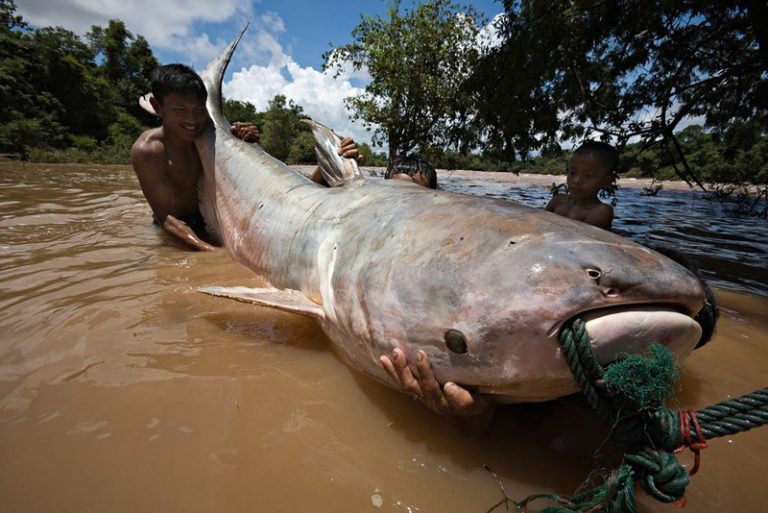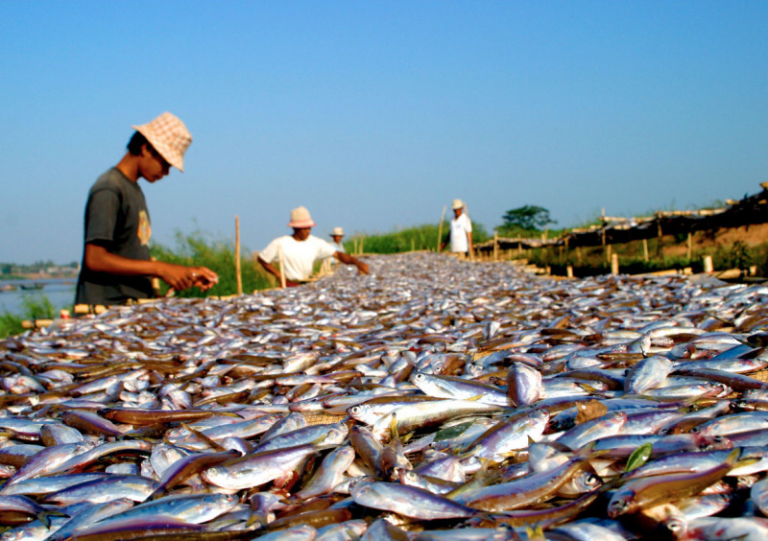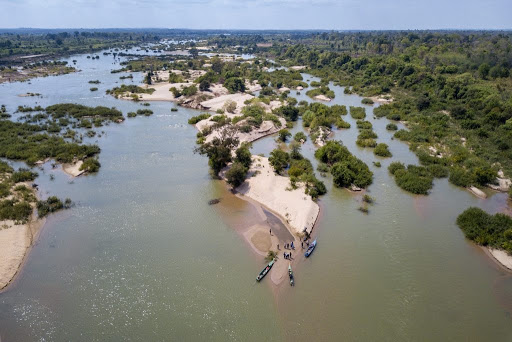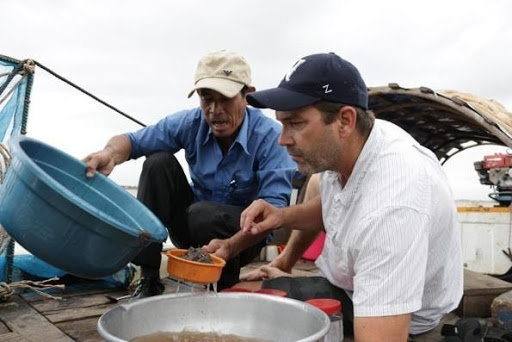DEEP POOLS, MIGRATORY FISHES AND DAMS: A DOSE OF THE MEKONG RIVER
Publication Date: 14th June 2021
Authorized By: Young Eco Ambassador

The majestic Mekong River passes through Cambodia territory, spanning approximately 480 km, connecting between Southern Laos PDR to Northern Vietnam’s southern hemisphere. The river serves as one of the busiest water migratory routes in the world. Each year, billions of fish of all shape and sizes travel up and down this river into deep water habitats in Tonle Sap river, making it one of the most fascinating animal movements on earth.
Around September and October, some of freshwater giants begin to embark on their migratory journey down the flooded Tonle Sap lake, which is the largest in Southeast Asia, into the Tonle Sap river and then the Mekong. Super-sized fish including the Mekong giant catfish, and the giant barb, both of which can grow up to 3.04 meters and weigh around 272 Kilogram per head. The giant barb is largely regarded as the national fish of Cambodia.
After this in around January, hundreds of species of other small fishes begin the same journey down the lake into the two rivers where they will eventually breed and produce young fishes that will travel back into the Tonle Sap river during the dry season as the Mekong river water level rises.
Fishes that travel back into Tonle Sap will remain in deep pools, confined and deep areas within river channels, where young fish can grow ten times their original dry-season size. During the dry-season these deep-water areas serve as nurseries and refuge for both big and small fishes.

In Cambodia’s Kratie and Stung Treng provinces alone constitute at least 58 deep pools between themselves. Even the mammalian Mekong River Dolphin uses these waters, notably an area spanning between Kratie and Khone Falls in Laos. In fact, this is the only area these dolphins are known to live. Without these deep pools, fishes will not likely to reproduce at a rate that will prevent them from disappearing. The result would be devastating because fishes from these rivers serve as an important source of food and livelihood of millions.
In recent years, dam projects and human activities such as overfishing, begin to concern researchers. They have begun to notice the disappearance of some fish species that used to migrate along the lake and the two rivers. Rising silt deposition makes water in some deep pool regions shallower. One study by the fisheries office of Ratanakiri Province in 2000 found out that an 8 meters deep pool comes down to just half a meter in three years. Dam also hinder fish migration. Already, The Lower Sesan 2 Dam is blocking the flow of fish into the Srepok and Sesan rivers.
In order to maintain this invaluable resource from depleting, researchers and donors from around the world are pouring in millions of dollar into studying the development of environment affecting these migratory fishes.
“Deep Pools, Migratory Fishes and Dams: A Dose of the Mekong River” is written by Rithy Odom.
Written Year: 2019
Authorized By: Young Eco Ambassador



